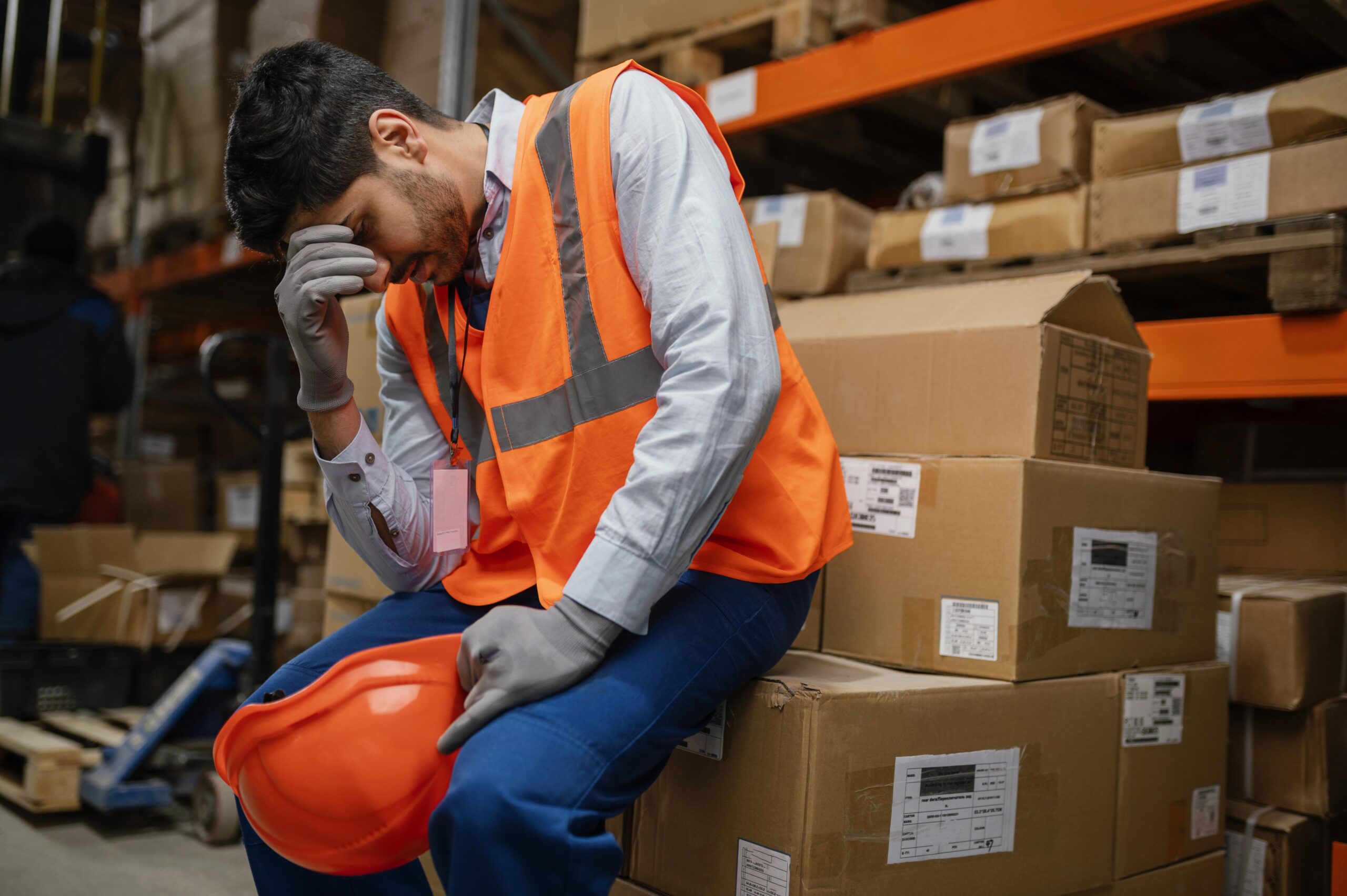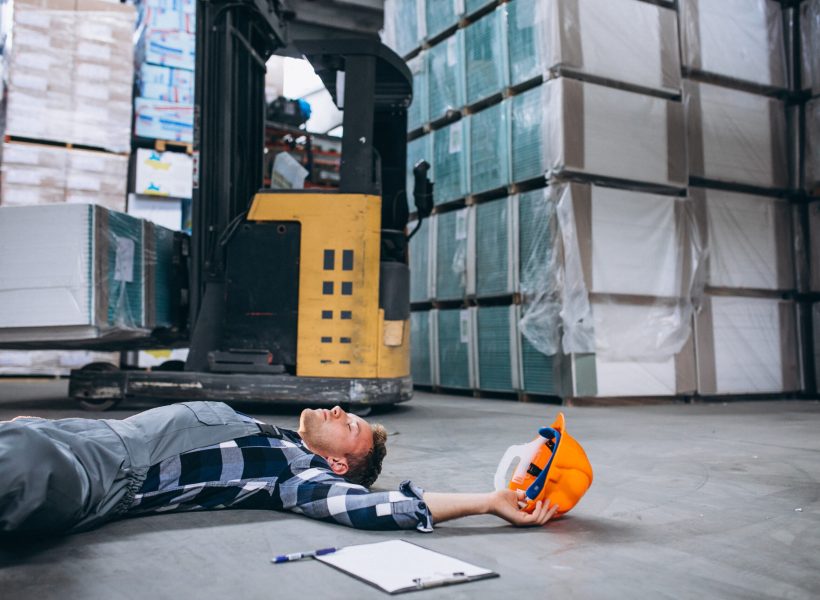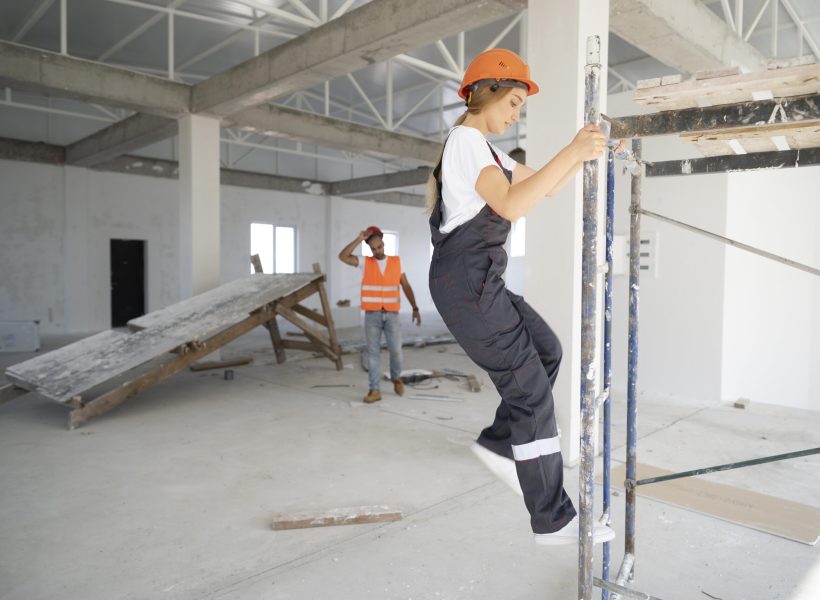

Location
Mussafah, Abu Dhabi
Call Us
02 672 1777
contact@ncmt.ae
National Centre for Management and Training

Mussafah, Abu Dhabi
02 672 1777
contact@ncmt.ae
NCMT12
September 18, 2024

Slipping, tripping, and falling accidents are among the leading causes of injury both in industry and at home. While these could happen to anyone, many are preventable through a little awareness and proactive measures.
1. Keep the Floors Clean and Clear of Obstructions
Keeping the floors clean and clear of obstacles is one of the simplest yet effective ways to prevent slips, trips, and falls. Sweep, mop, or vacuum on a regular basis to eliminate dirt, spills, or debris. Keep cords and cables, among other items, tucked away or organize them by using cable organizers. You can go a long way in reducing the risk of tripping by keeping your space free of clutter.


2. Clean Up Spills Immediately
Spills are arguably one of the biggest hazards, especially on smooth floors like tile or hardwood. Create a simple plan to manage spills with minimal delay. Mop up liquids immediately with sponges or spill kits and put up the relevant caution signs if the floor will be wet for a period of time. Ensuring that spills are handled right away will prevent a lot of accidents.
3. Use Proper Lighting
Poor lighting tends to mask hazards and makes it very difficult to see any potential dangers. Make sure that every area, particularly stairways, hallways, and entranceways, is well-lit. Frequently check and change all burnt-out bulbs. Consider using motion-sensor lights for areas where constant illumination isn’t necessary but visibility is crucial.
4. Utilize Non-Slip Mats and Rugs
In areas that are more “damp,” such as bathrooms or kitchens, a nonslip mat can give them more traction and avoid slips. Choose mats with a rubber backing so they do not slide around; this will help avoid tripping on them. For rugs, make sure they have a non-slip backing or use rug grips to keep them from shifting.
5.Keep Safe Stairways and Handrails
Stairways are also one of the common places where slips and trips occur. Keep the stairs in good condition, and make sure none of the steps are loose or damaged. Handrails provided on both sides should be strong and securely attached. Ensure the stair treads are in good condition, and anti-slip tape or paint can be applied for better grip.
6. Wear Appropriate Footwear
Footwear is also one of the most important preventive means against slips and falls. Encourage the use of shoes with good grip and support, especially in environments where floors may be wet or uneven. Avoid walking in socks or bare feet on slippery surfaces.
7.Implement Regular Safety Audits
Regular safety audits discover near-misses that could become accidents. Take a critical tour of your environment to spot situations that may, unless rectified, lead to slips, trips, and falls. Finally, address all the issues you find out and make sure that everyone involved is contributing to safety.
8. Train and Educate
Education is the key to preventing accidents. Provide training to employees or family members on how to identify and control slip, trip, and fall hazards. Make sure everyone knows to report potential hazards and follow safety practices.
9. Proper Storage and Organization
Proper storage and organization can prevent tripping to a large degree. Store items in appropriate areas and do not stack items in walkways. Use shelves, cabinets, and other storage containers to keep items organized and off the floor in high-traffic areas.
10. Pay Attention to Weather Conditions
In cold climates, a danger may come in the form of ice and snow. Take precautions like de-icing and salting driveways and walkways. Keep a snow shovel or ice scraper handy, and make sure the tool is in good working condition.
11.Proper signage and Marking
Proper signage and marking for falling hazards in the safety field use clear symbols and colors to warn, prohibit, and guide individuals.
Warning signs(yellow/black, triangular) alert people to fall risks, while prohibition signs (red/white, circular) restrict access to dangerous areas. Floor markings(yellow/black stripes) indicate hazardous zones, and guardrails or barriers provide physical protection. Signs also remind workers to wear necessary personal protective equipment(PPE), such as safety harnesses, in fall-prone areas. These markings help prevent accidents and ensure compliance with safety standards.